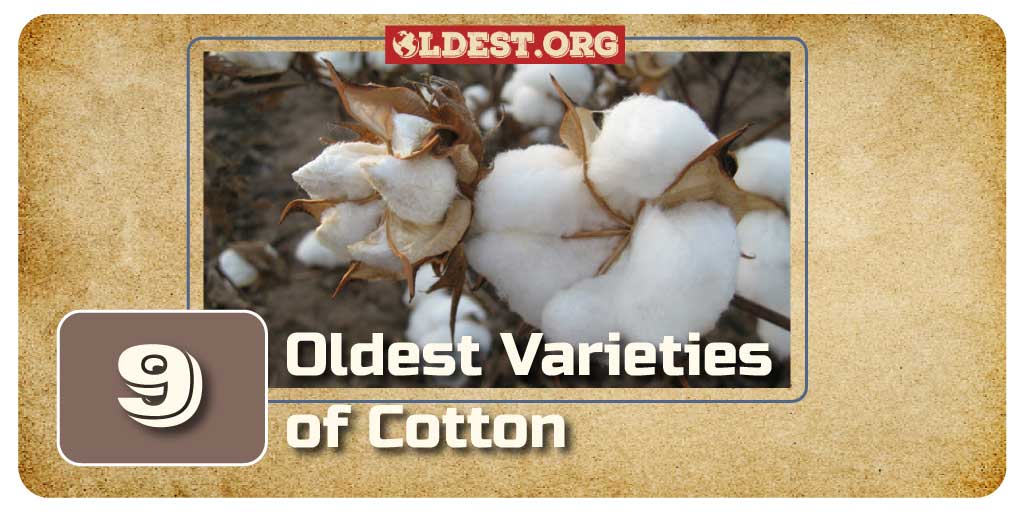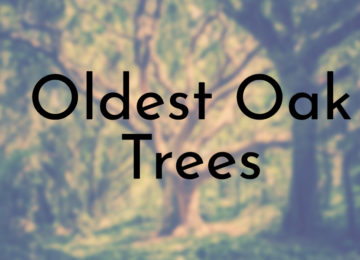The cotton tale is ancient, woven into the very fabric of human history. Spanning continents and millennia, this resilient plant has yielded diverse varieties, each with its unique narrative and impact on the textile industry.
In this article, we delve deeper into the chronicles of the 9 oldest varieties of cotton, revealing their historical significance and the enduring legacy they’ve left on the world.
9. Gossypium Herbaceum (Levant Cotton)
Country: Middle East
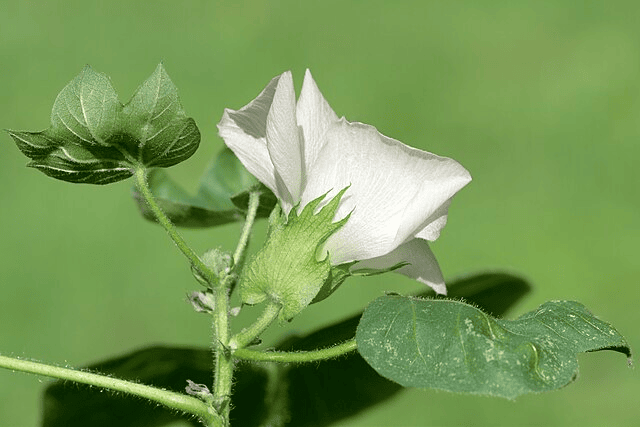
Levant Cotton, scientifically known as Gossypium herbaceum, is a testament to the enduring relationship between humanity and cotton. Its cultivation dates back to ancient civilizations in the Middle East, where its fibers were meticulously woven into fabrics.
Did You Know?
The ancient Egyptians, recognizing the superiority of Levant Cotton, utilized it not only for clothing but also for sacred rites and mummification, attesting to its cultural and ceremonial significance.
8. Gossypium Arboreum (Tree Cotton)
Country: India
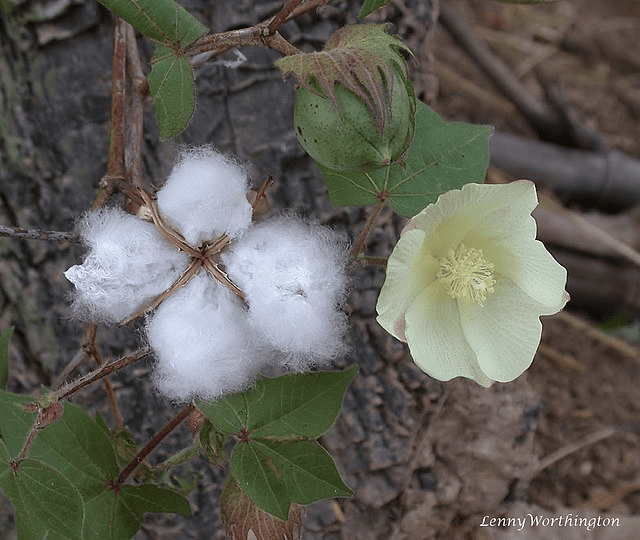
Gossypium arboreum, known as Tree Cotton, stands as a living artifact of India’s textile heritage. Cultivated for thousands of years, this cotton variety found its place in the vibrant ancient Indus Valley Civilization.
Did You Know?
The versatility of Tree Cotton was not limited to clothing; its seeds were pressed to extract oil used for cooking and medicinal purposes, showcasing the multifaceted utility of this ancient cotton variety.
7. Gossypium Hirsutum (Upland Cotton)
Country: Mexico and Central America
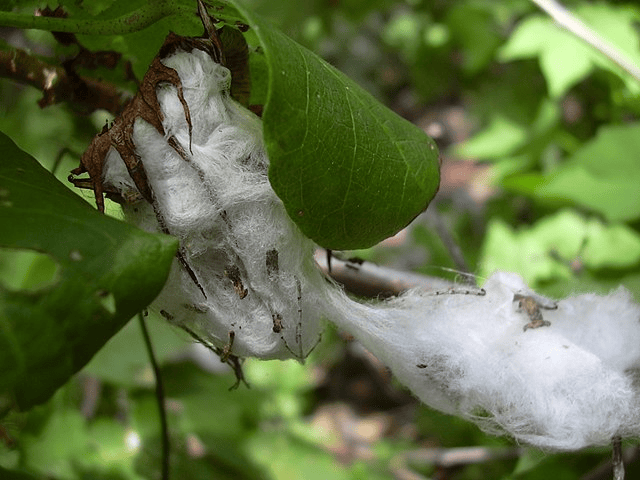
Gossypium hirsutum, the ubiquitous Upland Cotton, traces its roots to ancient civilizations in Mexico and Central America. This hardy cotton variety became a linchpin in the textile history of the Americas.
Did You Know?
The introduction of Upland Cotton to Europe after Christopher Columbus’ travels marked the beginning of a global cotton trade, forever altering the course of textile production.
6. Gossypium Barbadense (Sea Island Cotton)
Country: Peru
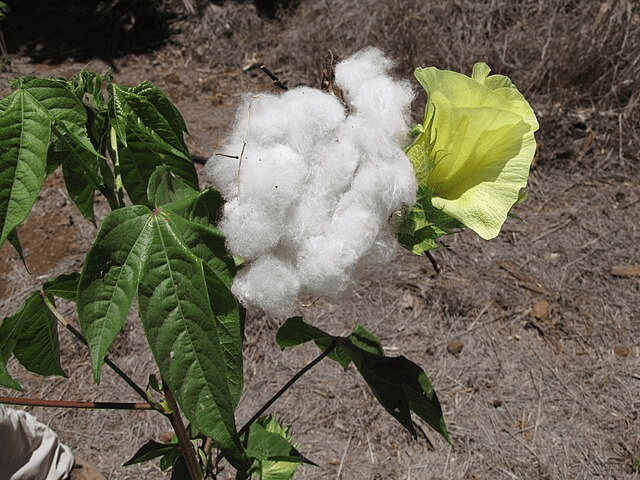
Gossypium barbadense, or Sea Island Cotton (ancestrial: Pima Cotton), is nestled in the Andean region of South America. It boasts extra-long staple fibers, making it a sought-after choice for luxurious textiles.
Did You Know?
Pima Cotton’s journey didn’t stop in South America. Its introduction to the United States led to the establishment of Pima cotton as a premier choice for crafting high-quality, soft fabrics.
5. Gossypium Tomentosum (Hawaiian Cotton)
Country: Hawaii
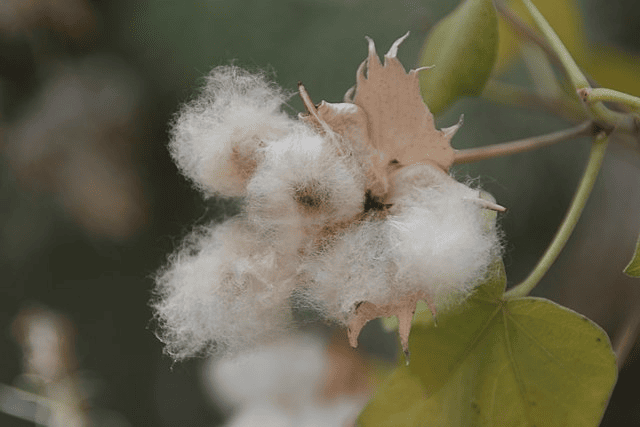
Gossypium tomentosum, or Hawaiian Cotton, narrates a unique story in the cotton saga. Native Hawaiians cultivated this cotton variety for traditional clothing and ceremonial purposes, embedding it in their cultural practices.
Did You Know?
Hawaiian Cotton’s resilience to the island’s diverse ecosystems reflects the adaptability of cotton plants, showcasing the intricate dance between agriculture and nature.
4. Gossypium Darwinii (Galapagos Cotton)
Country: Galapagos Islands
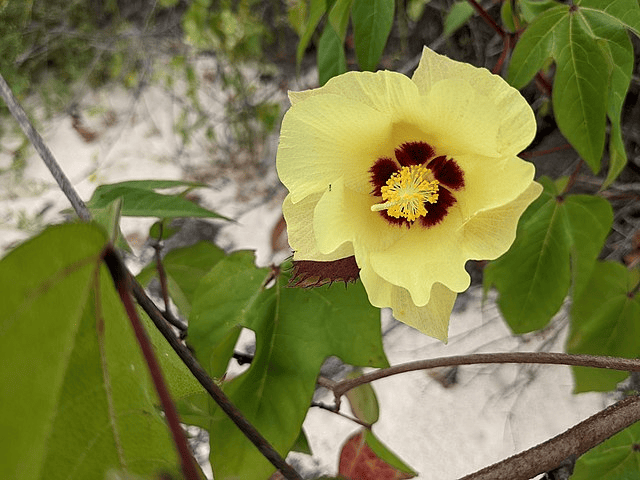
Gossypium darwinii, or Galapagos Cotton, thrives in the unique ecosystems of the Galapagos Islands. This cotton variety became a living canvas for Charles Darwin’s observations on natural selection and adaptation.
Did You Know?
The Galapagos Cotton not only contributes to the islands’ biodiversity but also serves as a living reminder of the interconnectedness of scientific exploration and ecological preservation.
3. Gossypium Capitis-Viridis (Green Cotton)
Country: West Africa
Gossypium capitis-viridis, aptly named Green Cotton, has roots in West Africa. Known for its greenish-hued fibers, this cotton variety reflects sustainable and organic agricultural practices.
Did You Know?
Green Cotton cultivation often involves minimal pesticide use, aligning with contemporary efforts toward environmentally friendly and socially responsible cotton production.
2. Gossypium Sturtianum (Sturt’s Desert Rose)
Country: Australia
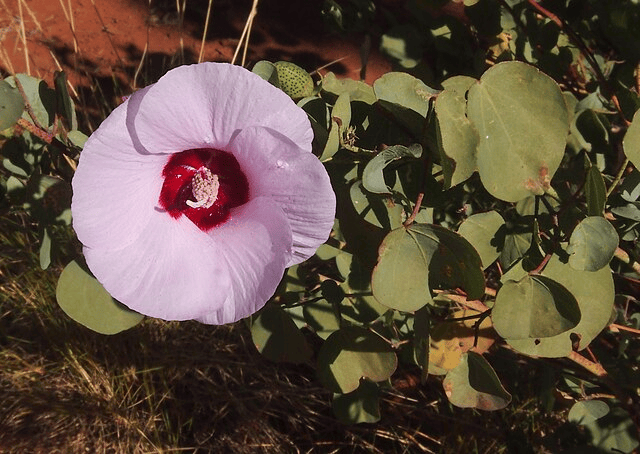
Gossypium sturtianum, colloquially known as Sturt’s Desert Rose, embodies the resilience of cotton in arid environments. Native to Australia, this cotton variety has not only contributed to textiles but also stands as a symbol of the country’s arid regions.
Did You Know?
Beyond its cotton fibers, Sturt’s Desert Rose blooms with vibrant flowers, adding a touch of beauty to the harsh Australian outback.
1. Gossypium Lancelot (Lancelot Cotton)
Country: Madagascar
Gossypium lancelot, or Lancelot Cotton, finds its roots in Madagascar. Cultivated by the Malagasy people for generations, this cotton variety has become an integral part of the island’s textile traditions.
Did You Know?
The distinct qualities of Lancelot Cotton are shaped by Madagascar’s unique climate and soil conditions, offering a testament to the harmonious coexistence of agriculture and the environment.
Conclusion
The unfolding tapestry of these ten ancient cotton varieties reveals not just a history of textiles but a profound connection between humans and the environment. As we continue to weave the story of cotton into our modern world, these ancient varieties stand as guardians of tradition, resilience, and the delicate dance between agriculture and culture.
In embracing the lessons of the past, we pave the way for a sustainable and vibrant future for the fabric that has been an integral part of our shared human experience.


